Tesla’s Robotaxi Service Launches: Promises & Questions
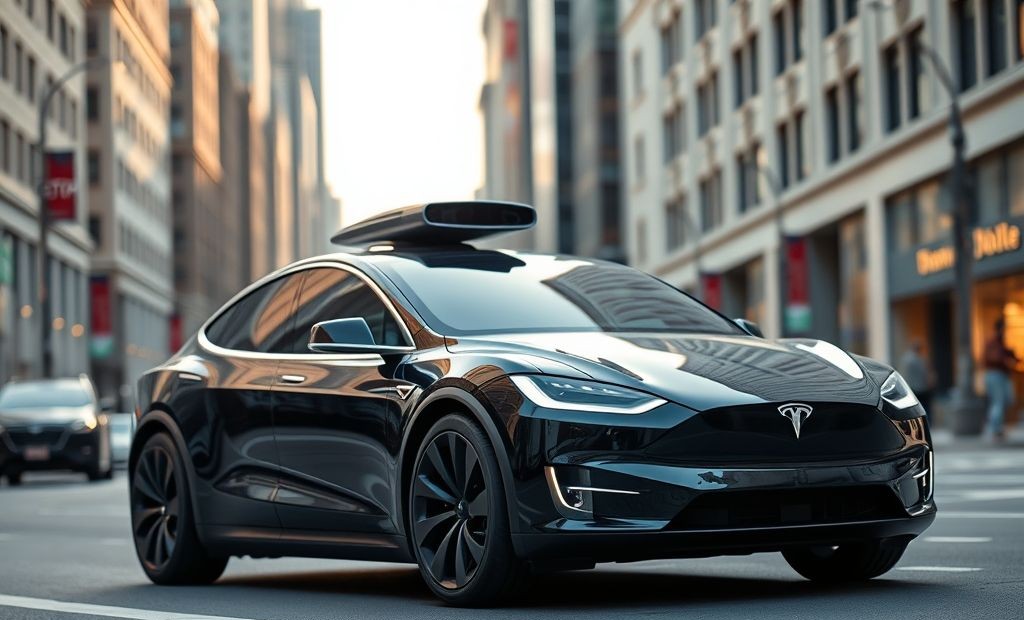
Tesla Launches Robotaxi Rides in Austin: A New Era? Tesla has officially launched its robotaxi service in Austin, Texas, marking a significant step in the...
⏱️ Estimated reading time: 3 min
Latest News
Tesla Launches Robotaxi Rides in Austin: A New Era?
Tesla has officially launched its robotaxi service in Austin, Texas, marking a significant step in the evolution of autonomous transportation. The rollout comes with bold promises of enhanced convenience and accessibility, but also raises important questions about safety, regulation, and the future of driving.
What We Know About Tesla’s Robotaxi Service
Tesla’s robotaxi service currently relies on its Full Self-Driving (FSD) Beta software. The company is initially offering the service to its employees. This approach allows Tesla to gather real-world data and refine its autonomous driving system before a wider public release. The service operates through the Tesla app, where users can request a ride, similar to ride-sharing platforms like Uber and Lyft. As noted in a report from Reuters, the launch includes scrutiny regarding safety and regulatory compliance.
Unanswered Questions and Concerns
Despite the excitement surrounding the launch, several key questions remain unanswered:
- Safety: How will Tesla ensure the safety of passengers and other road users, especially in complex and unpredictable driving scenarios?
- Regulation: How will regulatory bodies oversee and govern the operation of robotaxi services to guarantee public safety and compliance?
- Liability: Who is liable in the event of an accident involving a Tesla robotaxi?
- Accessibility: Will the service be accessible to all members of the community, including those with disabilities or limited access to technology?
These questions highlight the need for careful consideration and proactive measures to address potential challenges and ensure the responsible deployment of autonomous vehicle technology. As highlighted by The Verge, the industry still has many hurdles ahead regarding public perception and technological advancement.
The Future of Autonomous Transportation
Tesla’s robotaxi service represents a significant step towards a future where autonomous vehicles play a central role in transportation. The company aims to revolutionize how people move around cities, reducing congestion, improving safety, and enhancing accessibility. However, realizing this vision requires ongoing innovation, rigorous testing, and open dialogue among stakeholders. According to Tesla’s official website, they’re committed to iteratively improving their technology based on real-world data.
Challenges and Opportunities
Tesla’s robotaxi service faces considerable challenges:
- Technological limitations: Autonomous driving technology is still under development and may not be able to handle all driving situations safely.
- Public acceptance: Some people may be hesitant to trust autonomous vehicles.
- Infrastructure requirements: Widespread adoption of robotaxis may require upgrades to existing transportation infrastructure.
However, the service also presents significant opportunities:
- Reduced transportation costs: Robotaxis could potentially lower the cost of transportation for individuals and businesses.
- Improved accessibility: Autonomous vehicles could provide transportation options for people who are unable to drive themselves.
- Increased efficiency: Robotaxis could optimize traffic flow and reduce congestion.
Related Posts
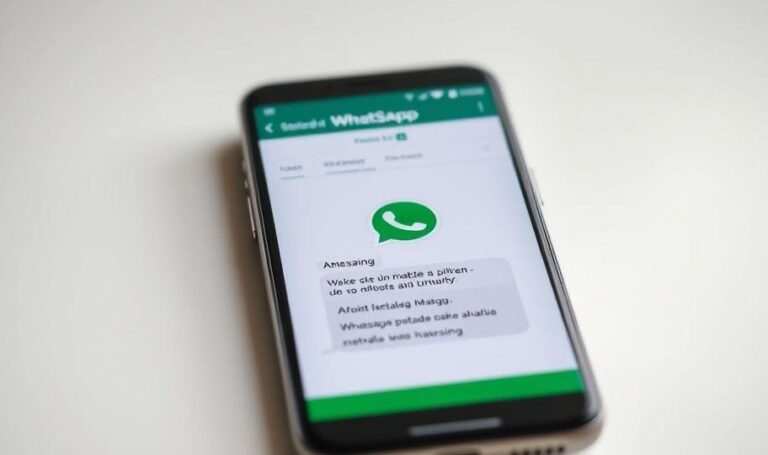
WhatsApp’s New In-App Message Translation
WhatsApp Now Translates Messages Natively WhatsApp has launched a message translation feature for both iOS...
September 23, 2025
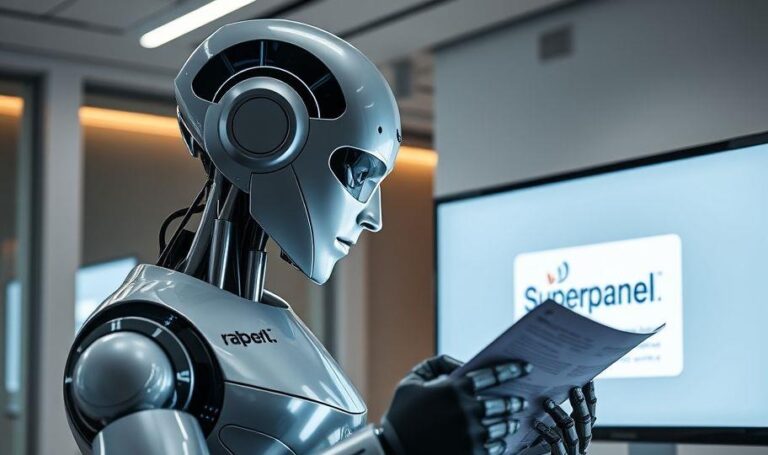
Superpanel’s $5.3M Seed AI Legal Intake Automation
AI Company Superpanel Secures $5.3M Seed to Automate Legal Intake Superpanel an AI-driven company recently...
September 23, 2025
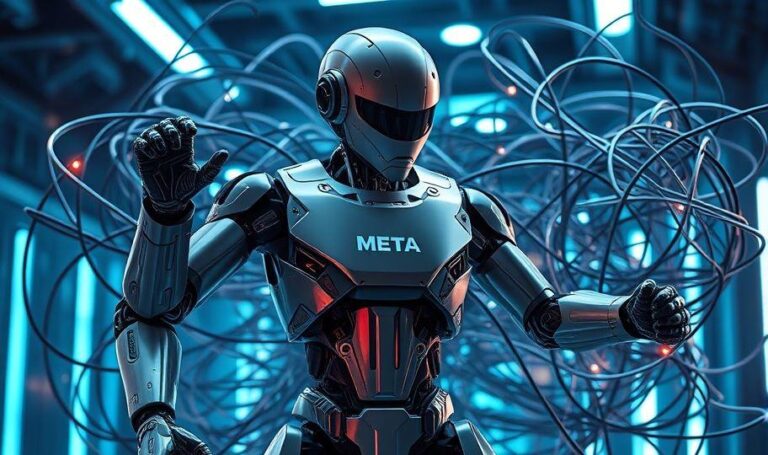
Meta Enters AI Regulation Fight with New Super PAC
Meta Launches Super PAC to Tackle AI Regulation Meta has recently launched a super PAC...
September 23, 2025










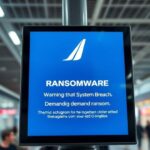
Leave a Reply